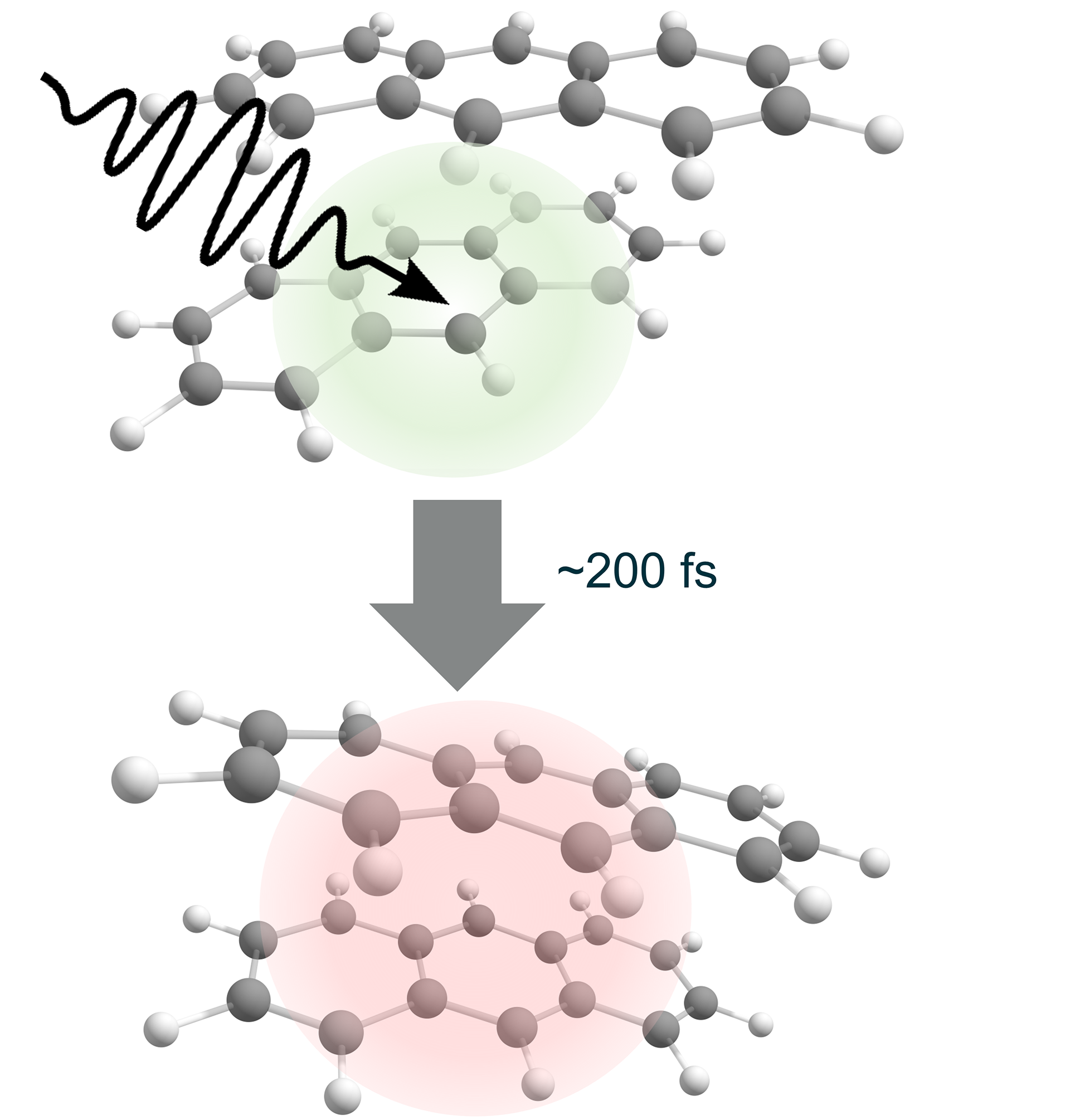Astro-mimicry
The concept of biomimicry has been around for a few decades now and has inspired many. Only in 2022, Jorge Moreno coined the term astromimicry: an idea to seek inspiration from the characteristics of the universe to create a more inclusive community. I would like to extend on this, and also use astronomy as a source of scientific inspiration. Exotic organic chemistry, chemical catalysis on stardust, the formation of biomolecules, chemistry without gravity are all areas from astrochemistry that can aid in the design and development of new chemistry on earth. Those processes may be more energy efficient and/or give us new materials and pharmaceuticals.
Think out of the box, the box being our Earth, and use the whole universe as source of inspiration.
Nov, 1, 2024
Themes
1. Structure of molecular clusters - with IR from FELIX
2. Intermolecular energy conversion - with IR to XUV from FELIX, ALS and FLASH
3. Photo-induced chemistry - with VUV from ALS
4. Complex gas-phase chemistry - with IR from FELIX and our new UV/VIS mass spec
1. Structure of molecular clusters
Far infrared spectroscopy of PAH-water complexes.
This project uses far infrared light from the free-electron-laser FELIX to investigate the dynamical interaction between water and the hydrophobic molecule naphthalene. These two molecules are not only high on the interest-list of astronomers, but also shows how water behaves in everyday processes on earth. Think of how roads are slippery after the first rain, because of dust and soot or how water nucleates on dust particles in the atmosphere ultimately forming clouds.
2. Intermolecular energy conversion

Project on ultrafast relaxation of anthracene dimer in collaboration with Eric Neuscamman and Harrison Tuckman (UC Berkeley)
Anthracene is an archetypal astroPAH, but it's derivatives are also used in organic photovoltaics (solar cells, OLEDs)
Publication in preparation
"Newly identified energy relaxation mechanism relevant to astrochemistry". This mechanism is fundamental mechanism in chemistry, and therefore also relevant for energy relaxation in man-made processes. We immediately were thinking about chemistry in supercritical CO2 solvents.
3. Photo-induced chemistry
Vacuum Ultraviolet Photoionization of Methane-Water Clusters Leads to Methanol Formation
Here, we learn about methanol formation in the gas phase. Methanol has been detected in interstellar space, but also on earth methanol is an important precursor. Learning about it's formation therefore is interesting from both perspectives.
Read our paper in ACS Earth and Space Chemistry
4. Complex gas-phase chemistry
Link to one example, more to follow
The current gas phase team: Nureshan Dias, Alexander Lemmens and Musahid Ahmed:
cover photo by D. Rap (Netherlands)